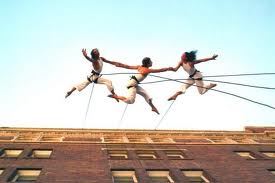 The weekend went by in a blur. Some highlights:
The weekend went by in a blur. Some highlights:
1. Watching Project Bandaloop’s amazing aerial dancers swoop and glide off the side of a 100 foot tall building in Oakland in preparation for the company’s upcoming world premiere. The piece, which involves six dancers and is choreographed by artistic director Amelia Rudolph, explores the relationship between the different sides of the self and an individual’s relationship to others. It’s appropriately called IdEgo.
2. Hitting opening night of the new Mark Dion exhibition at the Oakland Museum. It’s called Marvelous Museum and it involves the interjection of strange and unusual curios from the depths of the museum’s storage facility into different parts of the permanent exhibition spaces.
3. Chris Kuckenbaker’s weird and wonderful solo show at the San Francisco Fringe Festival all about William Burroughs. Well, to be more accurate, the piece is about the performer’s imaginary relationship with a Burroughs’-like character in his head. Part self-confessional, part homage to the great, madcap author, the piece avoids being too self-indulgent and is full of humor and dextrous switches between characters.
4. Singing all day at a retreat with the International Orange Chorale in Larkspur. The ensemble with which I sing is performing Milton Babbitt’s Music for the Mass among other new and newish pieces.
5. Hitting Pandora karaoke bar in the Tenderloin. Having sung all day, a group of us continued carousing till the wee hours of the morning. We had a private room, which was probably just as well, as we sang songs from The Sound of Music not to mention the Rod Stewart number, “If you want my body and your think I’m sexy…”
6. Enjoying a Sunday morning “gospel brunch” at 1300 Fillmore. The wonderful soul group Future Perfect performed while we ate. Gospel brunches are tacky things really and the prices are elevated. But we have fun anyway. The bottomless pomegranate mimosas (or “pomosas” as the waiter called the sweet fizzy pink beverages) certainly helped.

 This morning I awoke to the
This morning I awoke to the 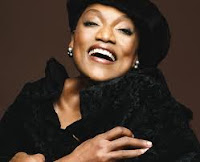
 The current sorry state of the arts journalism profession was made very visible last night at the
The current sorry state of the arts journalism profession was made very visible last night at the 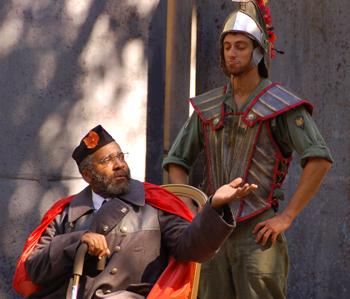
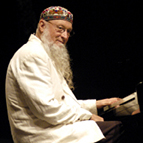 I imagine that there are few other places in the world you can go where, within the space of an hour or two, you can:
I imagine that there are few other places in the world you can go where, within the space of an hour or two, you can: The relationship between public relations professionals and (arts) journalists often feels uneven to me. PR people seem to know much more about — and are acutely sensitive towards the needs of — the journalism profession than journalists know are are about PR people, as many PR people have been reporters or editors in the past (journalists rarely come to the profession from a career in marketing). And I think there are a lot of journalists who look down their noses at the PR industry. If a journalist leaves the profession to pursue PR, his or her colleagues will often accuse them of “selling out.”
The relationship between public relations professionals and (arts) journalists often feels uneven to me. PR people seem to know much more about — and are acutely sensitive towards the needs of — the journalism profession than journalists know are are about PR people, as many PR people have been reporters or editors in the past (journalists rarely come to the profession from a career in marketing). And I think there are a lot of journalists who look down their noses at the PR industry. If a journalist leaves the profession to pursue PR, his or her colleagues will often accuse them of “selling out.”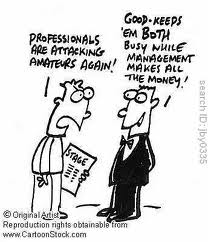 As someone who resides in a country where the terms “professional” and “amateur” have become practically meaningless in the world of the theatre, I was fascinated to read in
As someone who resides in a country where the terms “professional” and “amateur” have become practically meaningless in the world of the theatre, I was fascinated to read in  A friend and I had a discussion this morning about how possible it is for an audience member to detach his or her experience of seeing a staging of a play from the play text itself. We disagreed.
A friend and I had a discussion this morning about how possible it is for an audience member to detach his or her experience of seeing a staging of a play from the play text itself. We disagreed. Every day I read articles in the press about how important it is for anyone involved in the arts world (or indeed, any world) to use social media as a way of marketing one’s “product”. I know how useful tools like Twitter and Facebook are from what I’m told by others. And technologies that enable organizations to mail out information to select members of their mailing lists or entire lists at the touch of a button has revolutionized the way we spread the word about what we’re doing, reach new and familiar audiences, generate enthusiasm and even build funds.
Every day I read articles in the press about how important it is for anyone involved in the arts world (or indeed, any world) to use social media as a way of marketing one’s “product”. I know how useful tools like Twitter and Facebook are from what I’m told by others. And technologies that enable organizations to mail out information to select members of their mailing lists or entire lists at the touch of a button has revolutionized the way we spread the word about what we’re doing, reach new and familiar audiences, generate enthusiasm and even build funds. 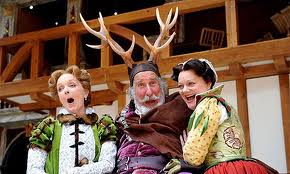
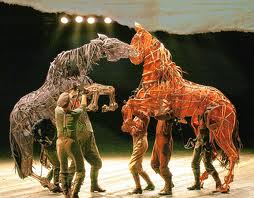 Just returned from a revivifying trip to the UK. Saw a couple of shows while I was there, which couldn’t have been more different in terms of the emotions they provoked in me:
Just returned from a revivifying trip to the UK. Saw a couple of shows while I was there, which couldn’t have been more different in terms of the emotions they provoked in me: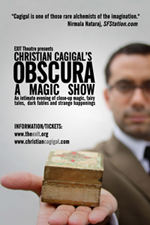 Three very contrasting cultural experiences this weekend. In brief:
Three very contrasting cultural experiences this weekend. In brief: